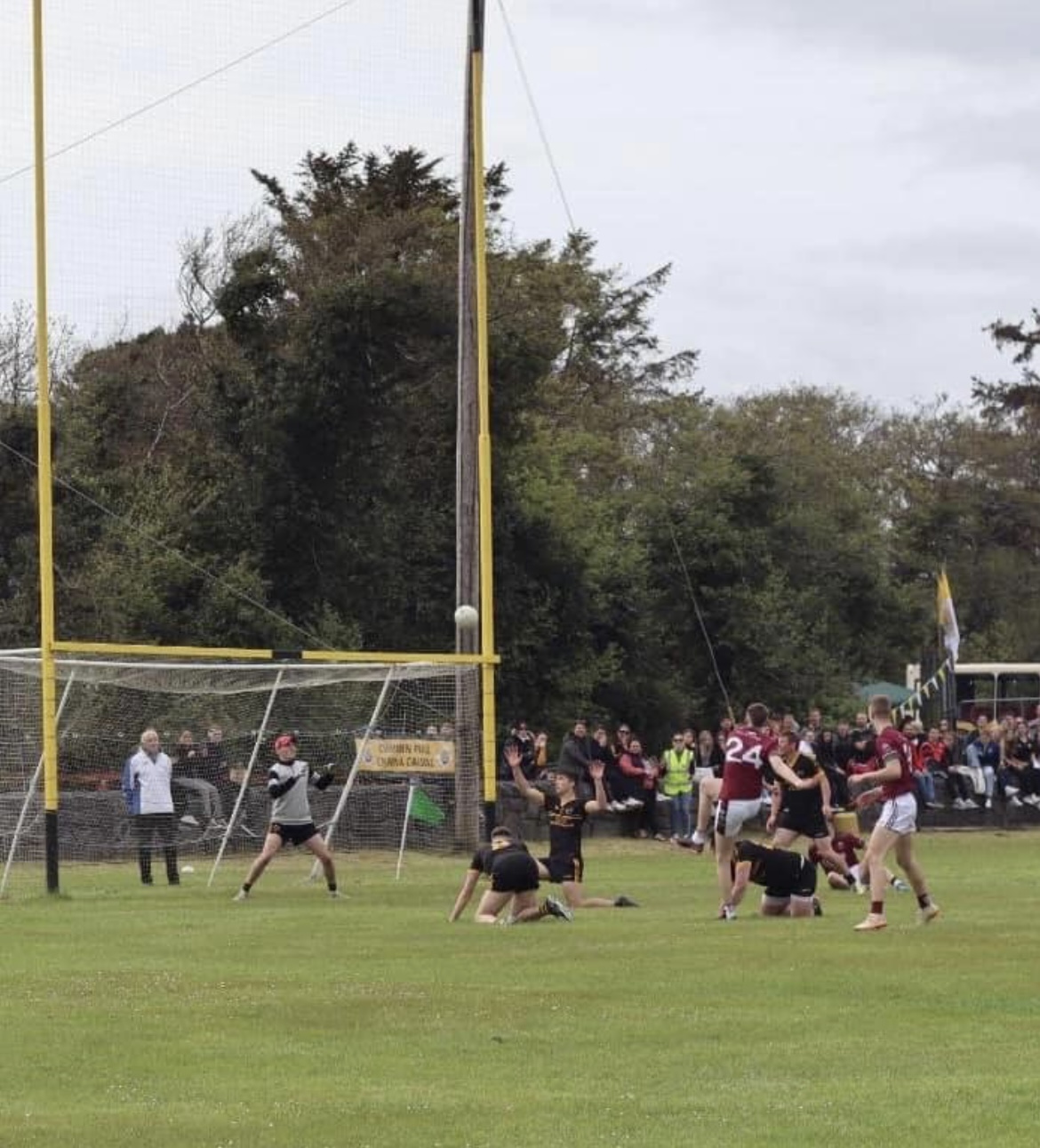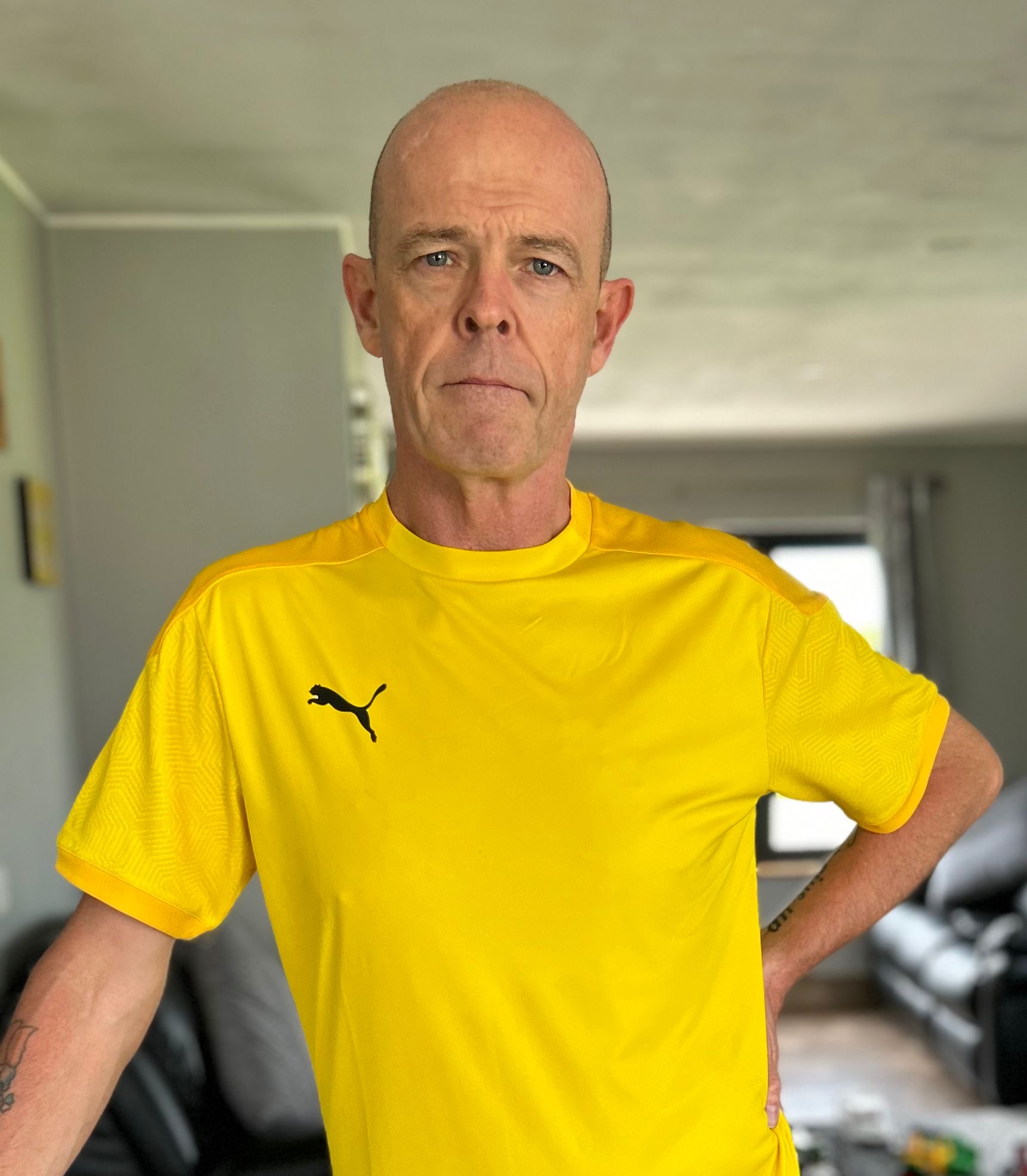Anatomy, posture, static vector alignment, motor patterns and motor neuron control all play a part in determining the rehabilitation, while on top of that the team also look at the strength, power and the rate of force development, a secondary measure for return-to-sport decisions after anterior cruciate ligament reconstruction.
Starting with single plan movement patterns, hoping and landing, before progressing those in terms of the depth of the jump and the power of the landing.
The performance enhancement is aimed at not only restoring them to optimal biomechanical performance ensuring that their rehabilitation and prevention measures include the ability to move at high speed, take high challenges and manage multi-directional movements. It’s about re-educating those movement patterns before letting the athlete back to play
According to King, initial data gathered from athletes shows variability no degree of predictability from the time of surgery to a return to action further reinforcing the belief timeline lead progression through ACL rehabilitation is flawed and the need for individual programmes for athletes.










